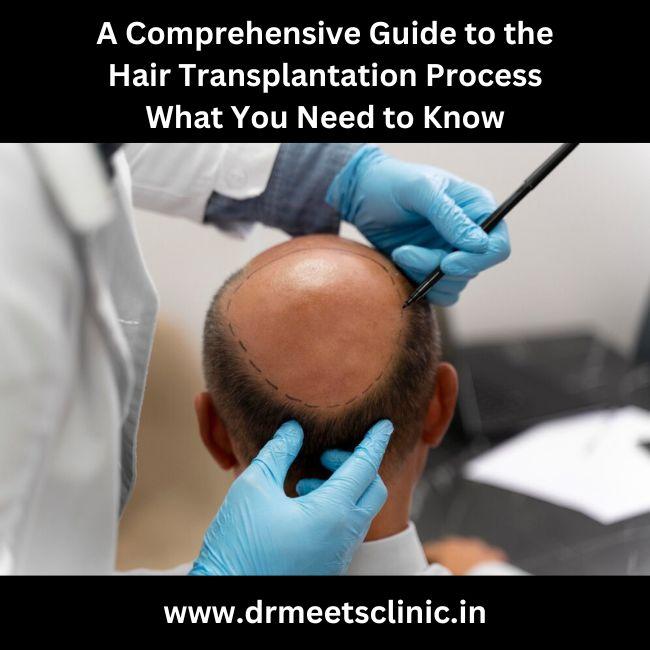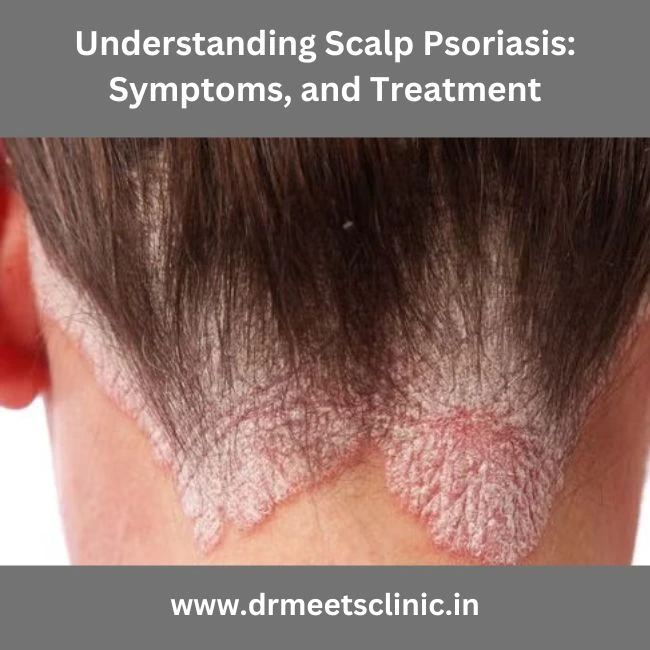Hair transplantation has become an increasingly popular solution for hair loss, offering a permanent and natural-looking remedy for balding and thinning hair. Whether you are considering the procedure for yourself or simply curious about how it works, this comprehensive guide will walk you through everything you need to know about the hair transplantation in Indore process.
Understanding Hair Transplantation
Hair transplantation is a surgical procedure that involves moving hair follicles from one part of the body (usually the back or sides of the head, referred to as the donor area) to the balding or thinning areas (known as the recipient areas). This process helps in restoring hair growth in areas affected by conditions like male pattern baldness, female pattern baldness, or other forms of hair loss.
Types of Hair Transplant Procedures
Follicular Unit Transplantation (FUT)
FUT, often known as strip surgery, is the process of removing a strip of scalp from the donor area. The strip is then split into individual follicular units and implanted into the recipient location. This method is known for its high graft yield and is suitable for covering larger balding areas.
Follicular Unit Extraction (FUE)
FUE involves utilizing a micro-punch tool to remove individual hair follicles from the donor area. The follicles are subsequently implanted into the recipient location. FUE is less invasive than FUT, leaves minimal scarring, and has a shorter recovery time. It is ideal for patients who prefer to wear their hair short.
The Hair Transplantation Process
Initial Consultation
The process starts with an initial consultation with a competent hair transplant specialist.
During this session, the doctor will assess your hair loss, discuss your goals, and determine the most suitable treatment plan for you. They will also explain the risks, benefits, and costs associated with the procedure.
Pre-Surgery Preparations
Before the procedure, you will be given extensive information on how to prepare. This may include avoiding certain medications, refraining from smoking, and following specific hair care routines. It’s essential to follow these guidelines to ensure a successful procedure.
The Surgery
On the day of surgery, you will get local anesthesia to numb the donor and recipient sites. The surgeon will then perform either FUT or FUE, depending on the agreed-upon plan. The duration of the surgery can vary from a few hours to an entire day, depending on the number of grafts needed.
Post-Surgery Care
After the surgery, you will receive instructions on how to care for your scalp and hair. This includes guidelines on washing your hair, avoiding strenuous activities, and taking prescribed medications to prevent infection and promote healing. To achieve the best results, carefully follow these directions.
Recovery and Results
The initial recovery period lasts about 1-2 weeks, during which time you may experience some swelling, redness, and scabbing in the treated areas. Most people are able to return to work within a few days. Within a few weeks, the transplanted hair will begin to fall out, a common occurrence known as “shock loss.” New hair growth usually begins after 3-4 months, with complete benefits appearing after 12-18 months.
Benefits of Hair Transplantation
Natural-Looking Results: The transplanted hair blends seamlessly with your existing hair, providing a natural appearance.
Permanent remedy: Hair transplantation, unlike temporary hair loss therapies, provides a long-term remedy.
Boost in Confidence: Restoring your hair can significantly improve your self-esteem and overall quality of life.
Potential Risks and Considerations
While hair transplantation is generally safe, it’s essential to be aware of potential risks and complications, including:
Infection: Proper post-surgery care can minimize this risk.
Scarring: FUT may leave a linear scar, while FUE leaves tiny, barely noticeable scars.
Uneven Growth: In some cases, additional procedures may be needed to achieve the desired density.
Conclusion
Hair transplantation in Indore can be a life-changing procedure for those struggling with hair loss. By understanding the process, preparing adequately, and following post-surgery care instructions, you can achieve natural-looking, permanent results. Always consult with a qualified specialist to determine the best approach for your specific needs and goals. With the right information and guidance, you can embark on your hair restoration journey with confidence.

















